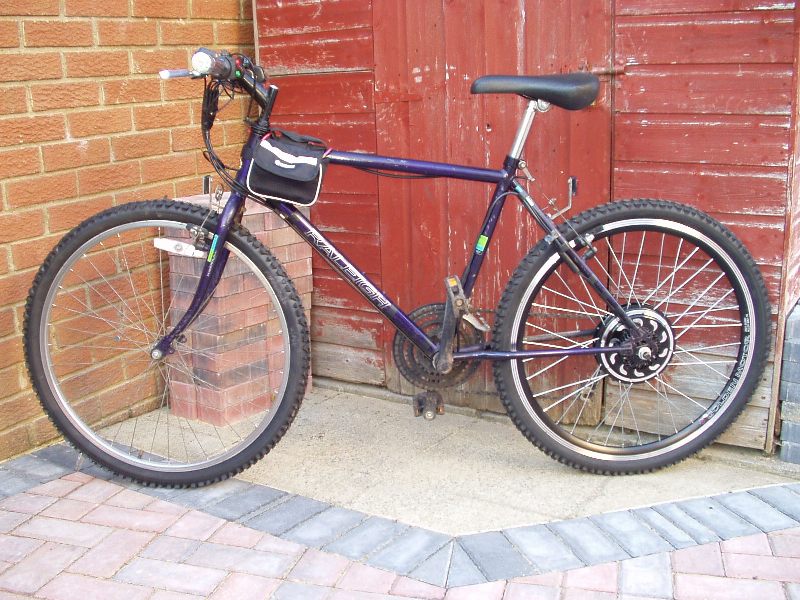Hi and

to the forum.
The higher current will not damage the controller, as it has a built in temperature sensor that will cut the current if it becomes too hot, but I'm not sure how well the stator windings will cope with the additional heat under sustained high load.
As long as you don't strain the motor up steep hills at very slow speeds, it may be OK.
The Maximum recommended current setting for the Smart Pie is 18 Amps, but when loaded down to 30 rpm on a 48V supply it still only draws ~15 Amps.
At low rpm and high current, the original Smart Pie
(with the noisier Square Wave controller) is very inefficient, at the above 30rpm/15A/48V it was consuming over 700 Watts of power, but the motor is only producing an output of ~125 Watts! This means that ~575 Watts of power is being converted into heat within the motor, controller and wiring.

If the motor is made to pull 25-30 Amps at even lower rpm, the efficiency is going to be a lot lower than the 17.8% achieved in the above scenario, therefore an even larger proportion of the additional power (>83%) will also be producing more unwanted heat.
If the stator windings heat up quicker much than the controller, there's a possibility that the excessive heat could permanently damage the insulation on the windings and/or the magnets inside the motor, before the controller becomes hot enough to start reducing the power.
If the high current is only used for short bursts, then it may well be fine, but if the motor is loaded below 30 rpm for longer periods, then you will probably "cook" the motor.
When I first installed my original 26" Smart Pie
(six years ago) I tested it on the maximum permissible settings with a 14S LiPo pack:

And here are the results obtained with the wattmeter:
Maximum Battery Current: 31.72 Amps
Minimum Voltage: 51.98 Volts
Maximum Power: 1648.8 Watts
Maximum Speed: 25.3mph (measured with my phone's GPS)
It would be interesting to see the results from a Smart Pie 4 or 5
(with the nice and quiet Sine Wave controllers) to see how they compare.
Alan